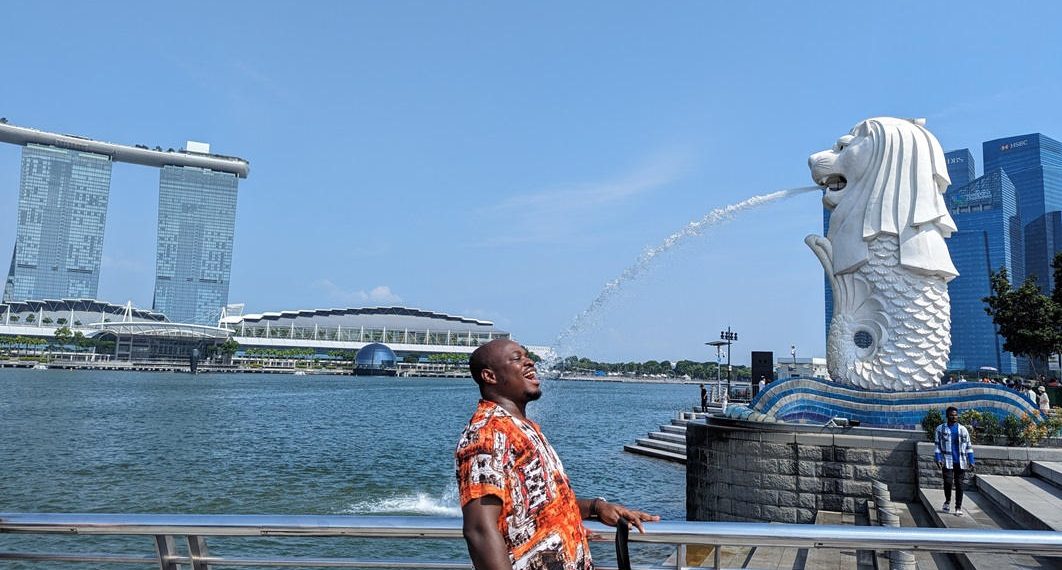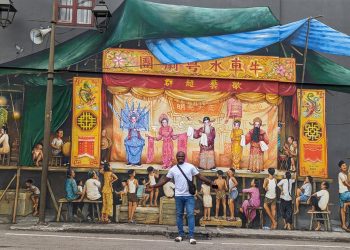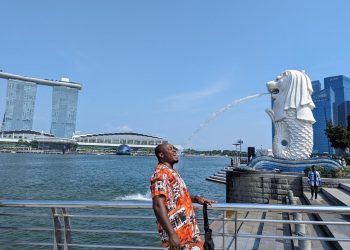The Merlion, with its majestic combination of a lion’s head and a fish’s body, stands as a symbol of Singapore’s rich history and vibrant spirit.
The Merlion’s Mythical Tale
14th-Century Legend: The tale begins with Sang Nila Utama, a 14th-century Prince of Sumatra, whose ship was wrecked on the shores of Temasek (modern-day Singapore).
The Lion Encounter: Spotting a mysterious creature resembling a lion, Prince Utama named the island Singapura, meaning “lion city” in Sanskrit.
Creative Genesis
Zoologist’s Imagination: The Merlion’s design is credited to British zoologist Alec Fraser-Brunner, curator of the Van Kleef Aquarium in Singapore.
Symbolic Elements: The fish-like body reflects Singapore’s roots as a fishing village (Temasek), while the lion head pays homage to the city’s original name, Singapura.
Evolution and Usage
Corporate Logo (1964-1997): Initially created as the corporate logo for the Singapore Tourist Promotion Board (STPB), the Merlion adorned promotional materials for 33 years.
Symbolic Legacy: Despite the logo’s change in 1997, the Singapore Tourism Board (STB) retained exclusive rights to the Merlion, ensuring its enduring presence.
Merlion Park: Icon’s Majestic Abode
Overlooking Marina Bay: The most renowned Merlion statue, standing 8.6 meters tall and weighing 70 tonnes, resides at Merlion Park next to One Fullerton.
Tourist Attraction: The park is a prominent tourist destination, attracting visitors from around the globe with its stunning views of Marina Bay.
Cultural Impact and Exploration
Inspiration in Culture: The Merlion has left an indelible mark on local literature and global pop culture, featuring in works like Cowboy Bebop and the Amazing Race series.
Free to Explore: Merlion Park itself is free to enter, but its popularity makes it a bustling attraction. To escape the crowds, early mornings or late afternoons are recommended for a more serene experience.
Still have some travel questions? Ask in our Travel WhatsApp Group.








